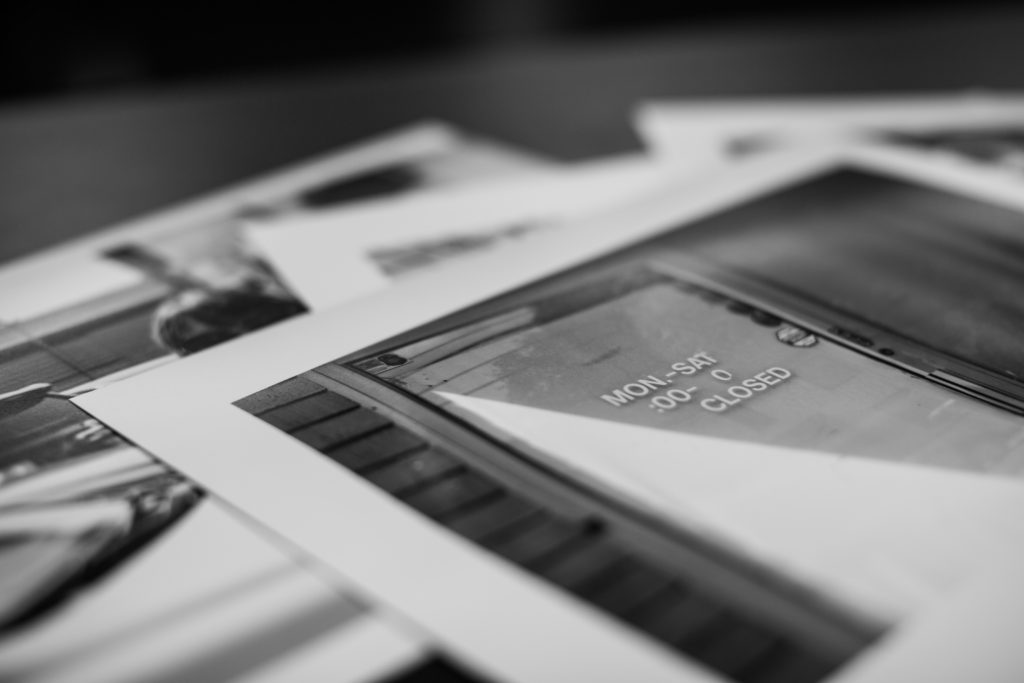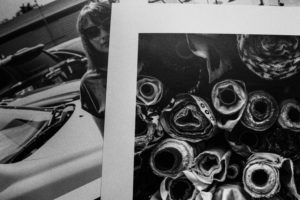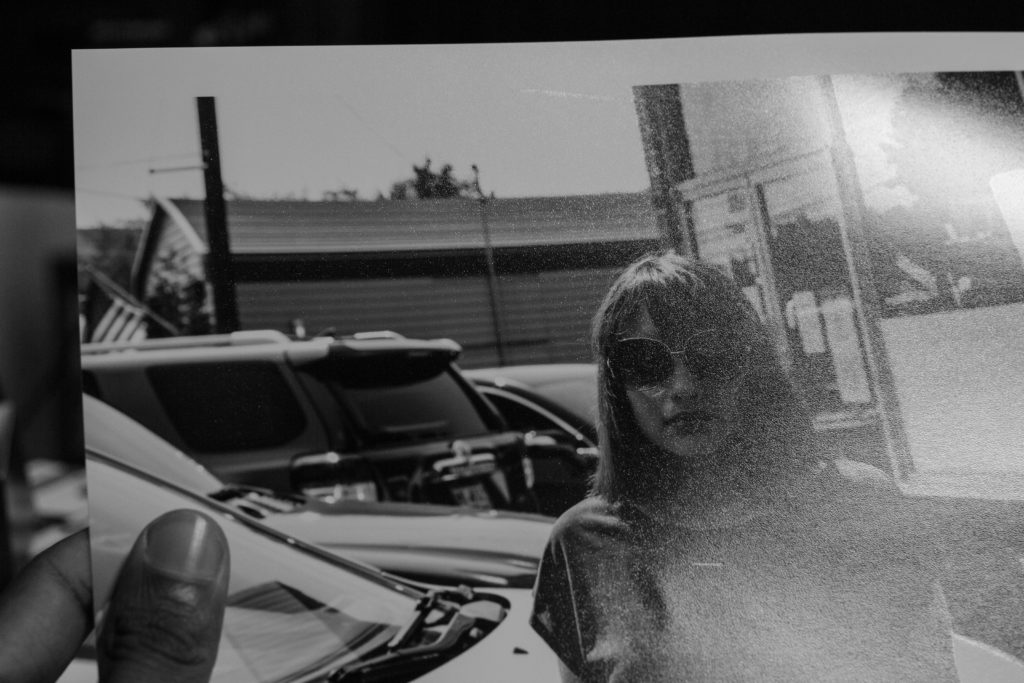Why you should consider printing your photography

In this current day and age, digital photography has taken over and the traditional process and workflow for photographers has changed. Traditionally, photography was very physical — you captured your photographs, processed the film and then to make the work truly come alive, you printed it.

With social media platforms such as Instagram, viewing artists’ work has become astronomically easier, but printing hasn’t been lost to time.
There will always be a demand to use physical artwork to occupy and enhance a space. Interior design utilizes printed photography to make a lively room. Printed work also holds value, not only to an artist, but also enthusiasts who are interested in artwork and would actually purchase printed photography.
Galleries and museums all around the world contain photographs that hold contextual information and provoke the minds of those who view them. People who go to these galleries to view a physical work of art are also going to remember viewing it as a unique experience. This isn’t something that you can achieve on Instagram.
With advancements to how photographs were made and processed, so came advancements in how the work became tangible. We now have inkjet printers, which create archival quality images that can last for decades. Some brands have claimed that using their paper would preserve your work for a century after the print.

It’s true that printing isn’t a simple process. One has to take many variables into consideration. For example, the type of printer you’re going to work with, the type of paper (the finish), and the quality of the paper and how it will interact with the ink your printer is using. Consider also the color space of your image and whether the printer’s color space contains the original colors of your photograph and whether you want to print in full color or black and white. Printing photography also requires some trial and error, so you’re going to spend a lot of time working on your images. The pay off in the end is that you end up with a tangible, detailed work of art that holds great value.
Take some time to view the artwork on the fifth floor of the C building. You can also view the work of SCAD alumni, graduate students, undergraduate students and faculty at the 12th annual Open Studio Night Friday, Nov. 3. By doing so, you can gain a better understanding and appreciation for the craft and see some beautiful examples of printed photographs.


























